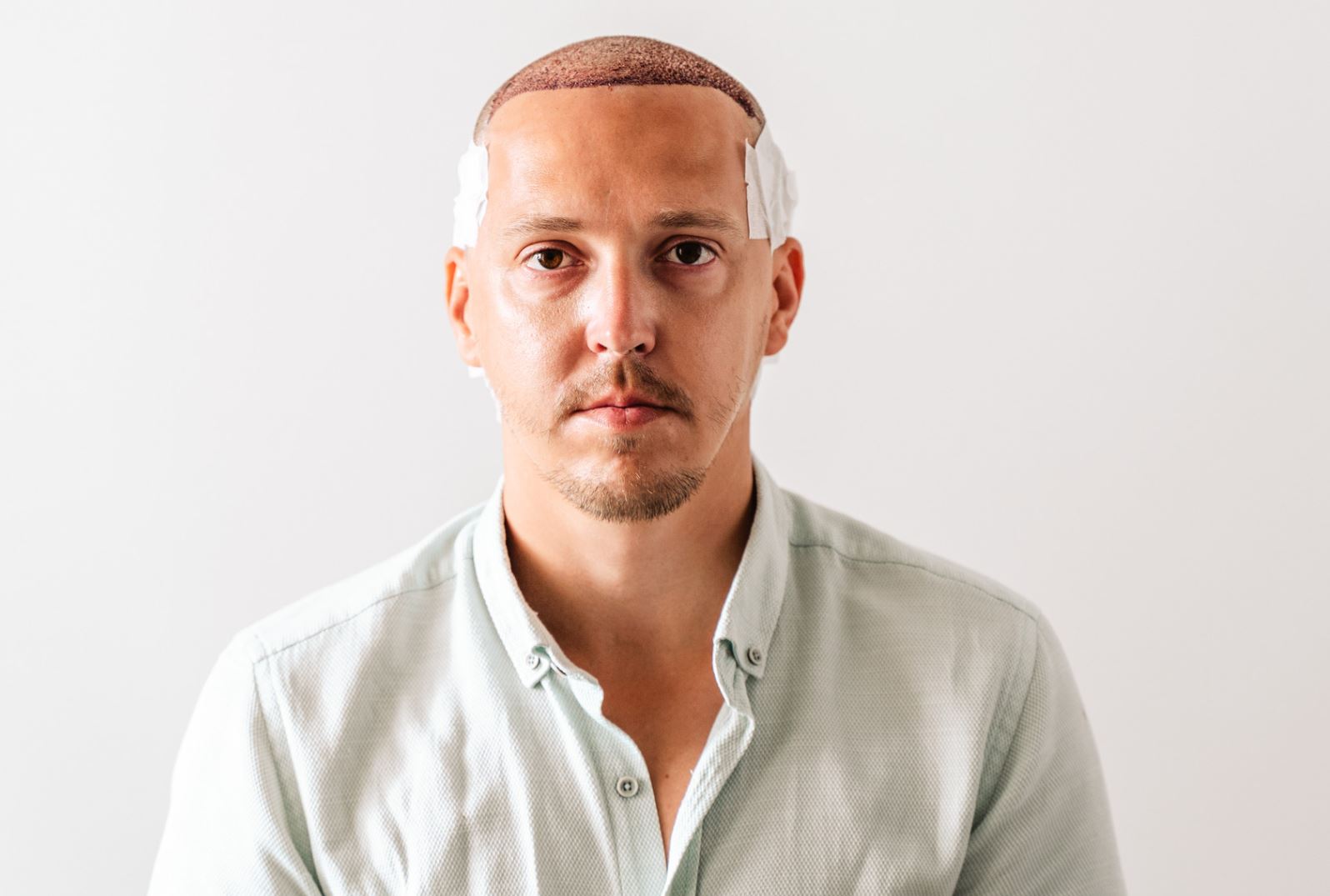Are you considering a FUT hair transplant but feeling overwhelmed with all your questions or concerns? You’re not alone. Many people are curious about what happens before, during, and after the procedure. In this guide, we’ll answer the most common questions, share relatable experiences, and help you feel informed and confident in your journey to restore your hair.
Here is everything you need to know about FUT hair transplants and what you can expect before and after the procedure.
What is a FUT Hair Transplant?
FUT, or Follicular Unit Transplantation, is a hair restoration method where a strip of skin is removed from the back of your scalp. The hair follicles from this strip are then transplanted into areas where you’re experiencing hair loss. It’s especially popular among those seeking a permanent solution to baldness.
Compared to other methods, FUT allows for a higher number of grafts in one session, making it ideal for people with advanced hair loss.
Common Questions and Concerns
If you’re researching FUT hair transplants, you might have questions like:
- Will the results look natural?
- How long does it take to heal?
- Is the procedure painful?
- What’s the difference between FUT and FUE?
We’ll tackle these questions and more as we walk you through the process, step by step.
Before the FUT Hair Transplant
Preparation is key to a successful transplant. Here’s what you need to know:
1. Consultation
Your journey begins with a consultation. A specialist will evaluate your hair loss, scalp condition, and goals. This is the time to ask questions and ensure FUT is the right option for you.
Pro tip: Bring photos of how your hair looked before hair loss. This helps the surgeon understand your expectations.
2. Preparing for Surgery
Once your surgery is scheduled, your doctor may recommend:
- Stopping certain medications or supplements.
- Avoiding alcohol and smoking to promote healing.
- Washing your hair thoroughly the day before surgery.
Real story: Mark, a 35-year-old who underwent FUT, shared, “I was nervous but following the pre-op instructions helped me feel prepared and confident.”
During the FUT Procedure
Here’s what happens on the day of your surgery:
- Local Anesthesia
You’ll remain awake, but the area will be numb. Most patients describe the sensation as “pressure” rather than pain. - Harvesting the Strip
A thin strip of skin is carefully removed from the back of your scalp. This area is then stitched up, leaving a fine scar that’s easily covered by surrounding hair. - Follicle Preparation
The extracted follicles are separated under a microscope and prepared for transplantation. - Transplanting Hair
Individual follicles are placed into tiny incisions in the recipient area, ensuring a natural look.
The procedure usually takes 4-8 hours, depending on the number of grafts.
After the FUT Hair Transplant
Your scalp may feel tender, but recovery is straightforward. Here’s what to expect:
1. Immediate Aftercare
- A bandage will cover the donor area for the first 24 hours.
- You’ll receive instructions on how to clean your scalp and care for the stitches.
2. The First Week
- Mild swelling or redness is normal.
- Tiny scabs will form around the transplanted follicles—avoid picking them.
3. Hair Shedding (Don’t Panic!)
Around 2-3 weeks post-surgery, the transplanted hair may fall out. This is completely normal and a sign the follicles are entering a new growth cycle.
4. Visible Growth
New hair typically starts to grow after 3-4 months. By the 12-month mark, you’ll see the full results.
FUT Hair Transplant Results: Before and After
Now, let’s talk results. FUT can transform not just your hairline but also your confidence.
Before: Many patients feel self-conscious about thinning hair or bald spots, which can affect their self-esteem.
After: Patients often report feeling more confident and youthful with a fuller head of hair.
Example: Lisa, a 42-year-old FUT patient, said, “Looking at my before-and-after photos feels surreal. I never thought I’d have my hair back, but FUT made it possible.”
FUT vs. FUE: Which is Right for You?
While both FUT and FUE (Follicular Unit Extraction) are effective, they suit different needs.
Feature | FUT | FUE |
Scarring | Linear scar in donor area | Tiny, dot-like scars |
Grafts per Session | Higher | Lower |
Recovery Time | Slightly longer | Faster |
Tip: Discuss your goals with a surgeon to determine the best method for you.
Tips for a Smooth Recovery
Here are some practical tips to speed up your recovery and get the best results:
- Avoid strenuous activities for the first two weeks.
- Stay hydrated and eat a balanced diet to promote healing.
- Use gentle shampoos recommended by your doctor.
- Be patient—great results take time!
Conclusion
A FUT hair transplant is more than a cosmetic procedure—it’s a step toward reclaiming your confidence. By understanding what happens before and after, you’ll feel empowered to make the best decision for your hair restoration journey.
Have more questions? Reach out to a trusted specialist and start your journey today.




